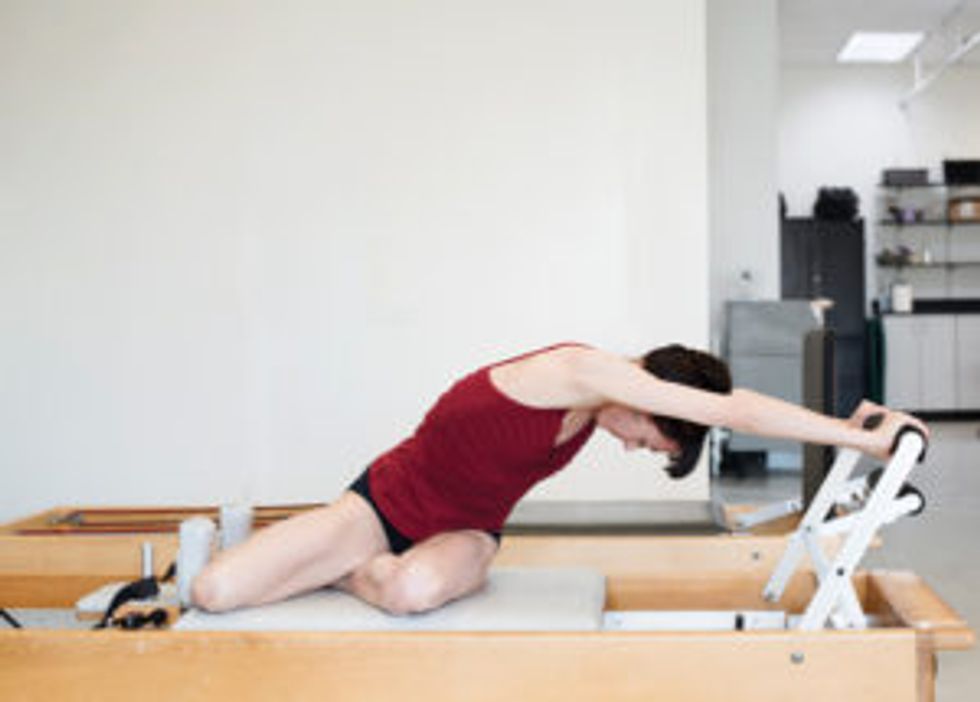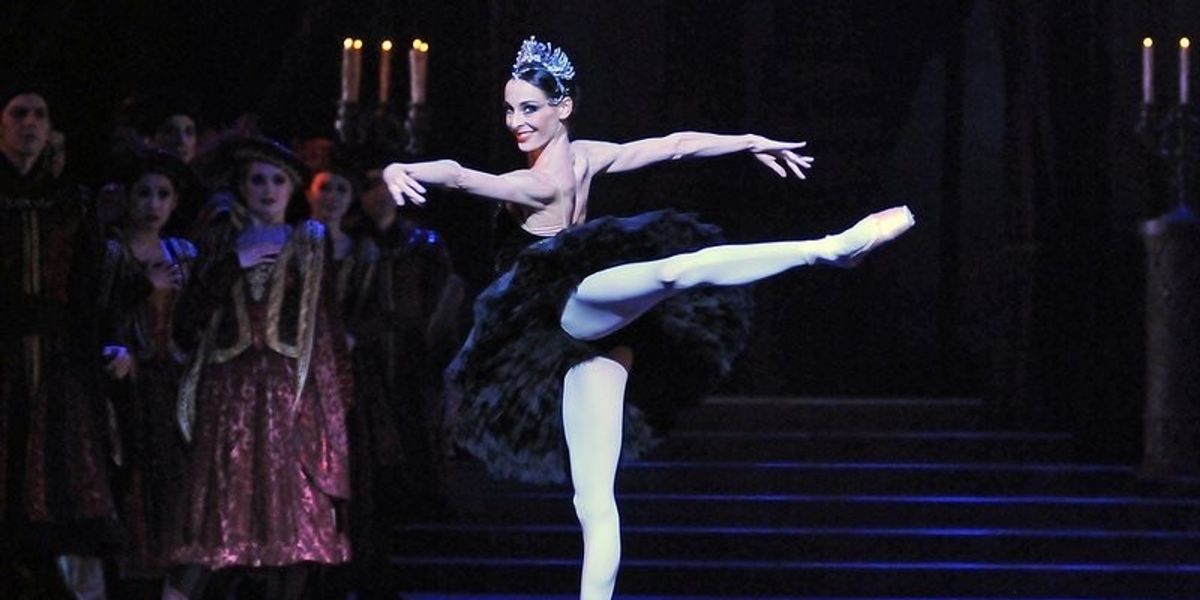Working Out With Anaïs Chalendard
Ballet and scoliosis might seem incompatible. But Boston Ballet principal Anaïs Chalendard, who was diagnosed with severe scoliosis at age 14, says this is a misconception: “Quality strength comes from ballet,” she argues. “The doctors were so amazed at the way ballet was such a good balance of work and freedom.”
Instead of undergoing surgery as a teenager, she chose to spend 22 hours a day in a full torso brace for five years, just so that she could spend two hours a day dancing at Roland Petit’s Ecole Nationale Supérieure de Danse in Marseille. “Ballet was my therapy,” she says. “Scoliosis also influenced my way of dancing because, in ballet, I felt so free.”
During those years, Chalendard regularly trained in the Mézières Method for breathing and posture. Practitioners hold a series of precise postures while segments of the body are mobilized into alignment. Tight muscle chains are stretched to allow for the greater strengthening of the core and leg muscles. The approach helped Chalendard learn how to relax the muscles around her rib cage, allowing her body to adapt to her unique spinal structure.
Although she was unable to find a Mézières practitioner in the U.S., she still incorporates Mézières principles into her dancing today. She also practices Pilates daily. The emphasis on deep lateral breathing while mobilizing the spine and rib cage has improved her spinal strength, and helps her find her center of balance more easily.
Every day, her center is in a different place. Finding it is crucial for avoiding spasms. She assesses her spine before she even gets out of bed in the morning, but most important is warming up properly at barre. “If I don’t have enough port de bras and balances at the barre, it’s fatal,” she says.
Yet Chalendard insists that scoliosis is not a restriction. “Scoliosis is something I need to be aware of, but thinking about it constantly is not a solution,” she says. “I actually ignore it on purpose. Yes, it affects me, but it is also a choice to let it be a part of me. All dancers have a way of working around their limits—that is what makes your movement unique.”
Morning Routine
As soon as Chalendard wakes up each morning, her warm-up routine begins to prepare her back to support her throughout the day:
• Sits up in bed.
• Starts with soft breathing.
• Focuses her breath on the muscles between the ribs.
• As her lungs expand and contract, focuses on slowly moving each vertebra of her spine.
• Begins to softly open and close her chest to follow the breath.
• Incorporates a gentle shoulder roll to free up her arm movement.
• Finishes by filling her lungs with two more deep, cleansing breaths.

PC Igor Burlak
Be a Mermaid
One of Chalendard’s favorite ways to mobilize her spine and rib cage is the Pilates “Mermaid” exercise on the reformer. The side bending action against resistance stretches the muscles on the side of her torso, while the rotational component helps to decompress twisted spinal joints and to restore mobility. The pushing action of the arms also strengthens the stability of her shoulder blades.




